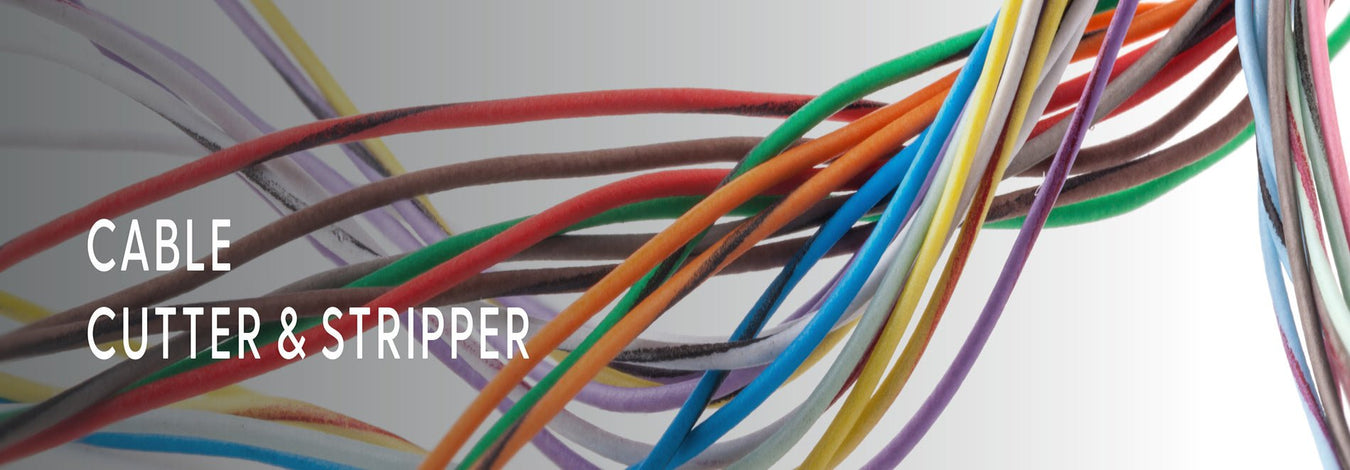
What is the Color Code for Crimp Wire Terminals?
Crimping is a commonly used method for making wire connections in electrical work and network cabling. This technique entails using unique tools called wire crimping tools and terminals/connectors. Some wire terminals/connectors feature a color coding (usually in the form of insulation), with common colors being blue, red, and yellow. It is common to find dies or jaws of wire crimpers designed with similar color coding. What does the color code signify, and why is it important to professionals and DIY enthusiasts when undertaking projects that use such terminals?
Importance of Color Coding in Crimping
Color coding is a universal practice applied in different industries, including electrical wiring. While it may vary slightly among manufacturers or electrical standard codes, some common standards are widely accepted across the industry.
When it comes to crimping wire terminals, color coding serves one vital function, i.e., it helps identify the proper wire gauge that a particular connector/terminal can accommodate. Most importantly, it helps identify the right jaw cavity of a wire crimping tool to use when making a crimp connection. In other words, a wire terminal with a certain color coding should help you choose a crimping tool with the right die/jaw for your terminal. Consequently, one can make proper and secure crimp connections.
For instance, the iCrimp IWS-30J crimper is a ratchet wire crimping tool with 5 interchangeable jaws/dies for various insulated and non-insulated terminals of 20 to 10 AWG. The dies are color-coded to help users choose the corresponding die based on the color code on the terminal. The iCrimp ICP-125 crimping tool features a jaw marked with yellow, blue, and red colors to help users identify the ideal cavity for crimping heat shrink connectors of different sizes. For example, the jaw cavity with a blue marking can crimp heat-shrink connectors of 16 to 14 AWG.
Read more: Can I Use Pliers to Crimp?
Understanding Color Code for Crimp Wire Connectors
As outlined above, common standards of color coding are accepted globally within the industry. Here is a brief guide on what different color codes on wire crimp terminals/connectors represent:
1- Red
Terminals with a red color coding are often used with smaller wire gauge/size (ranging from 22 to 18 AWG) and require a wire crimper with a similar size or color coding cavity. These terminals are commonly used for low-voltage applications.
2- Blue
Blue-coded terminals are used with medium-sized wires (ranging from 16 to 14 AWG). The crimping jaw should have a cavity with a similar color code or gauge marking to make a tight and secure wire connection. These types of terminals are commonly used in automotive and marine applications.
3- Yellow
Terminals with a yellow color code are usually used with larger wires (ranging from 12 to 10 AWG) for heavy-duty applications or high-power appliances/equipment. An ideal crimping tool for this particular connector should have a die with a cavity of a similar gauge.
Note: While these above-outlined color code standards are universal, the manufacturer’s specifications may differ; therefore, check your connectors before crimping to ensure you choose the right wire gauge and crimping tool.
Read more: Difference Between a Ratchet Crimper and Non-ratchet Crimper
Bottom line
Understanding the color coding of crimp wire connectors/terminals is important when undertaking projects that require making crimp connections. It will help you choose a wire size and crimping die/jaw corresponding to the terminal's size.
iCrimp offers a wide range of wire crimpers for different types of connectors, from heavy-duty battery cable lugs and bootlace end-sleeve ferrules to heat-shrink terminals. Our crimping tools feature great ergonomic designs and high-quality materials and are efficient and affordable.
References





